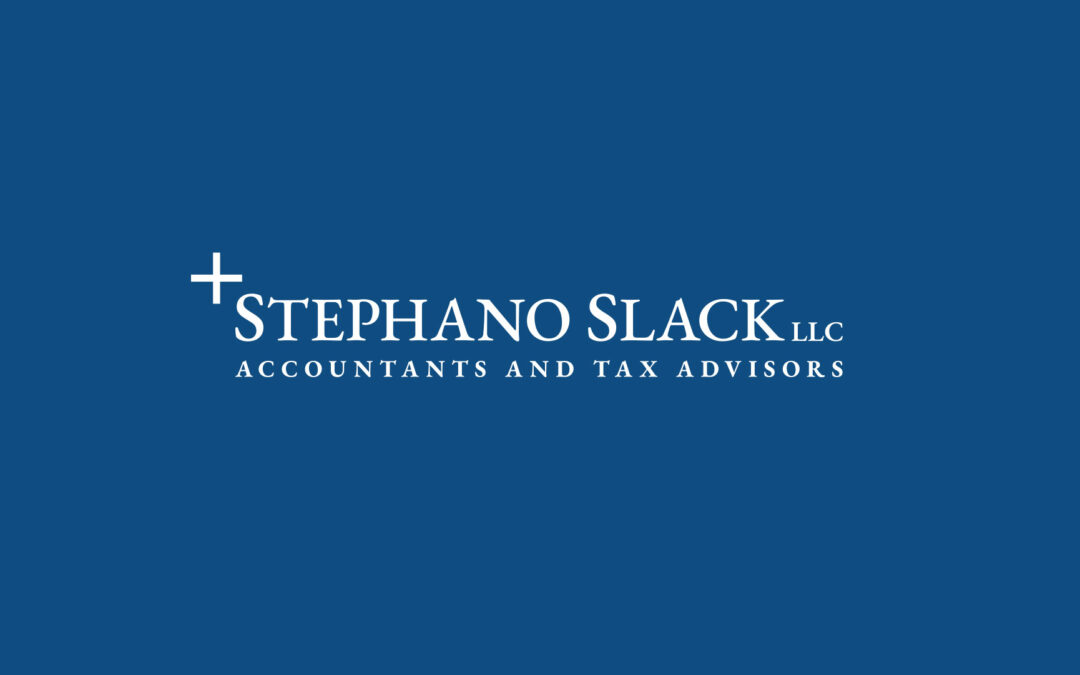In light of the passage of the Families First Coronavirus Response Act (“Families First”), many business leaders now face navigating how to adhere to it. Although the legislation is complex and much more expansive that what we are highlighting, there are some high level aspects business owners and leaders should be aware of:
FAMILIES FIRST CORONAVIRUS RESPONSE ACT
This comprehensive legislative act was passed last week in response to COVID-19 and goes into effect on April 1, 2020. There is nothing retroactive about this legislation, so there is currently no advantage to implementing its components before the effective date.
Although it contains three relevant Acts and some additional measures, the two most asked about are Emergency Family and Medical Leave Expansion Act (FMLA Expansion) and Emergency Paid Sick Leave Act (Paid Sick Leave).
FMLA Expansion
For employers with fewer than 500 employees, this expands who may utilize FMLA for COVID-19 related reasons—including employees who have been employed by the employer for 30 days, rather than the original one year.
While traditional FMLA would cover employees unable to work or telework if they themselves or a qualifying family member required their care is experiencing symptoms and/or has been medically advised otherwise to quarantine, the Expansion now also expands FMLA to those unable to work or telework because they must care for a child(ren) whose school or daycare is closed/unavailable due to COVID-19.
There is no payment for the first two weeks of expanded FMLA leave, but the following 10 weeks are paid at a rate of 2/3 of the employee’s regular pay but capped at $200/day ($10,000 total). Included in this Act is a tax credit to employers equal to 100% of the qualified leave wages paid.
Paid Sick Leave
This Act also applies to employers with fewer than 500 employees. Two weeks of paid sick leave is now available to employees who are unable to work or telework due to COVID-19 under six specific reasons listed in the linked poster below.
80 hours of paid sick leave is available to full-time employees, but part-time employees’ sick leave is to be calculated as the average number of hours he/she works over a two-week period.
Depending upon the reason the employee requires the sick leave, the leave will either be paid at the employee’s regular rate (capped at $511/day) or at a rate of at least 2/3 of the employee’s regular rate (capped at $200/day).
In implementing Paid Sick Leave, it’s important to note that employers cannot require employers to use pre-existing paid (PTO, etc.) leave before using this sick leave. It does not pre-empt any state or local sick leave laws, or existing employer policies.
Paid Sick Leave does not require employers to pay any unused sick leave at employment separation.
Like the FMLA Expansion, employers will receive a tax credit equal to 100% of sick leave wages paid under this Act.
Notice of Rights
Employers must post this Department of Labor poster to provide employees details about their rights under this new legislation:
https://www.dol.gov/sites/dolgov/files/WHD/posters/FFCRA_Poster_WH1422_Non-Federal.pdf
The COVID-19 situation–and how it will impact the economy and your business in the near- and long-term–is still very fluid. Our Firm is committed to helping you navigating through this. We will continue to provide updates regarding any changing and new legislation. Please reach out to any of our team at any time as a trusted resource.



Recent Comments